Stijn Polfliet
5 steps for running a Kubernetes environment at scale
#1about 3 minutes
Understanding the challenges of scaling Kubernetes with confidence
Kubernetes offers flexibility and efficiency but its dynamic nature can be complex to manage, requiring a structured approach to gain confidence.
#2about 3 minutes
Introducing a five-layer model for Kubernetes observability
An overview of the five essential layers for running Kubernetes with confidence, from cluster health to complete service observability.
#3about 5 minutes
Visualizing cluster health with the Kubernetes Cluster Explorer
A demonstration of how to use a visual tool to identify pod status, resource consumption, and troubleshoot issues like pending pods or crash loops.
#4about 7 minutes
Monitoring overall cluster health and resource consumption
Use kube-state-metrics and define resource requests and limits to manage cluster capacity and prevent pods from being killed due to memory issues.
#5about 2 minutes
Improving security and performance with small container images
Use purpose-built base images like Alpine instead of generic Linux distributions to reduce image size, improve build times, and minimize security vulnerabilities.
#6about 4 minutes
Tracking dynamic cluster behavior with events and health checks
Implement readiness and liveness probes to inform Kubernetes about pod health and use an observability platform to correlate events with performance issues.
#7about 3 minutes
Correlating log messages for faster troubleshooting
Use a lightweight forwarder like Fluent Bit to centralize logs and correlate them with cluster events and metrics for contextual debugging.
#8about 9 minutes
Using distributed tracing to map microservice communication
Implement distributed tracing to understand request flows, identify performance bottlenecks between services, and view in-process spans for code-level analysis.
#9about 11 minutes
Integrating Prometheus for complete service observability
Leverage the Prometheus ecosystem by forwarding metrics to a central platform using remote write or a direct scraper integration for unified dashboarding.
#10about 9 minutes
Getting started with the New Relic Kubernetes integration
A step-by-step guide on how to install the New Relic agent and its components in your cluster using a guided wizard and Helm charts.
Related jobs
Jobs that call for the skills explored in this talk.
Featured Partners
Related Videos
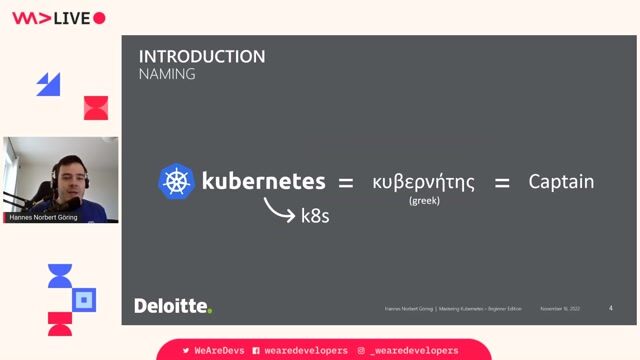 57:24
57:24Mastering Kubernetes – Beginner Edition
Hannes Norbert Göring
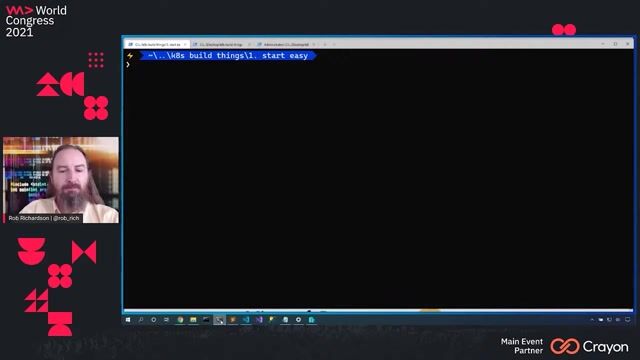 40:00
40:00Local Development Techniques with Kubernetes
Rob Richardson
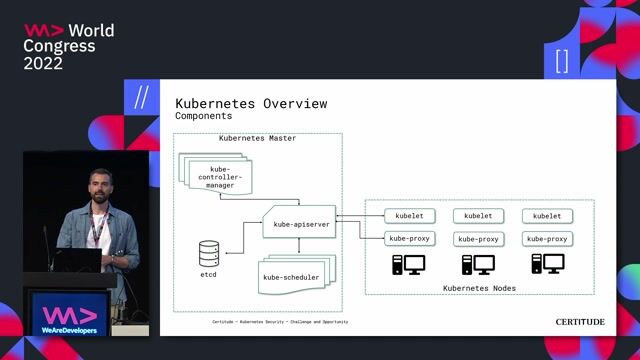 42:45
42:45Kubernetes Security - Challenge and Opportunity
Marc Nimmerrichter
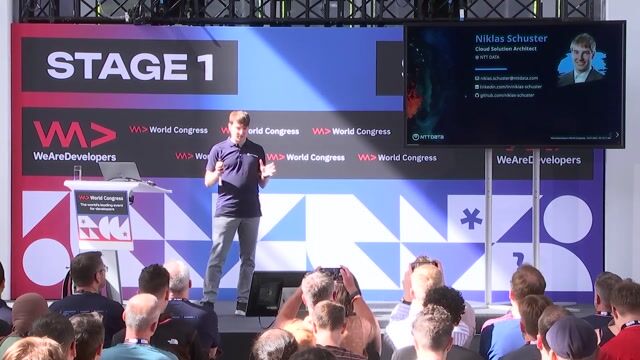 27:52
27:52Chaos in Containers - Unleashing Resilience
Maish Saidel-Keesing
 44:00
44:00Enhancing Workload Security in Kubernetes
Dimitrij Klesev & Andreas Zeissner
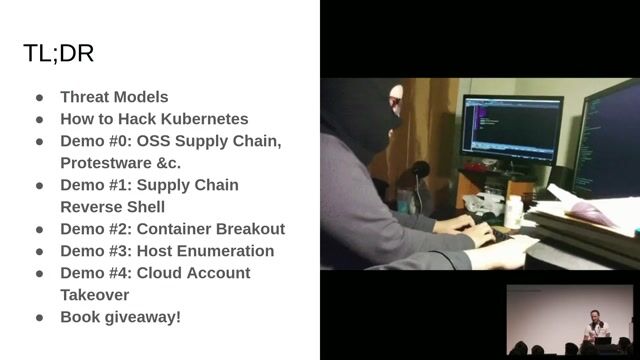 46:36
46:36Hacking Kubernetes: Live Demo Marathon
Andrew Martin
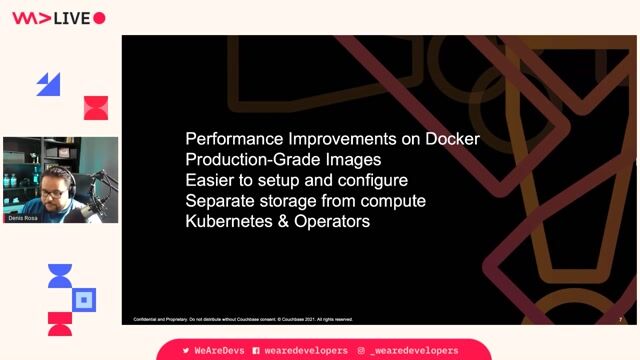 48:45
48:45Databases on Kubernetes
Denis Souza Rosa
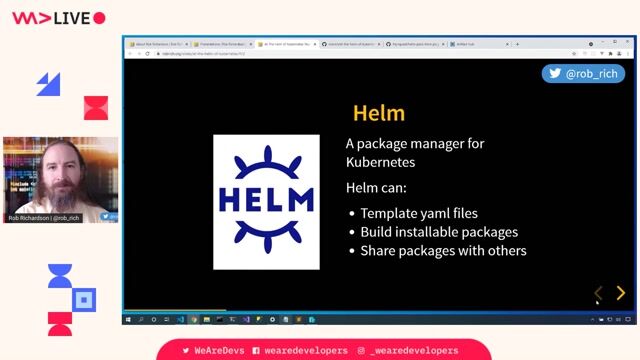 45:16
45:16At The Helm of Kubernetes: Repeatable Infrastructure Creation for Mere Mortals
Rob Richardson
From learning to earning
Jobs that call for the skills explored in this talk.


DevOps Engineer – Kubernetes & Cloud (m/w/d)
epostbox epb GmbH
Berlin, Germany
Intermediate
Senior
DevOps
Kubernetes
Cloud (AWS/Google/Azure)
Solutions Architect - Kubernetes
CoreWeave Europe
Charing Cross, United Kingdom
Remote
€116-155K
Kubernetes
Cloud Engineer (AWS - Kubernetes)
Keepler Data Tech
Municipality of Madrid, Spain
Remote
€39-46K
Intermediate
Go
Bash
Scrum
+9
Linux & Kubernetes System Engineer
Everyware Ag
Zürich, Switzerland
€105-135K
Linux
Docker
Grafana
Prometheus
+3


